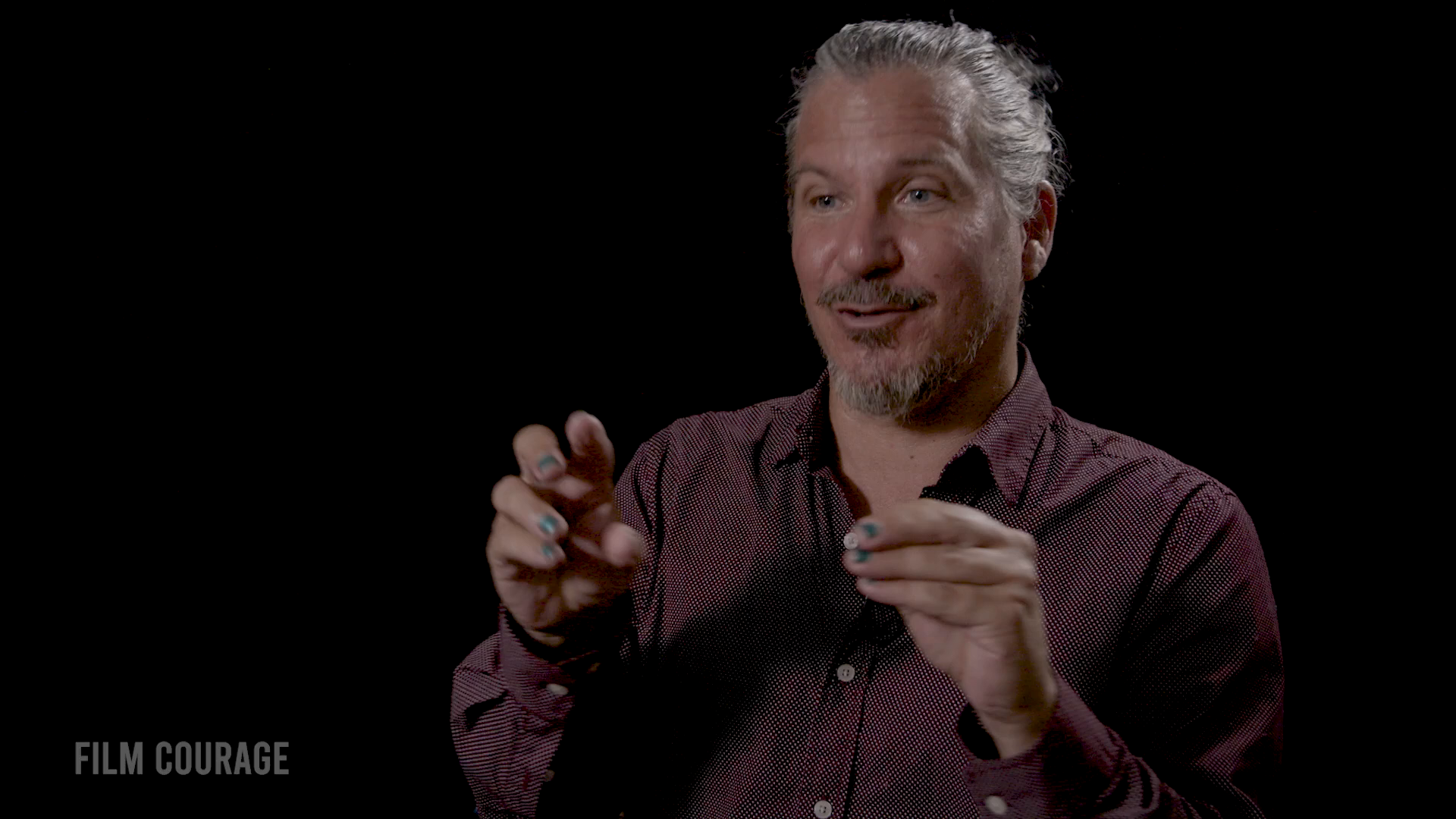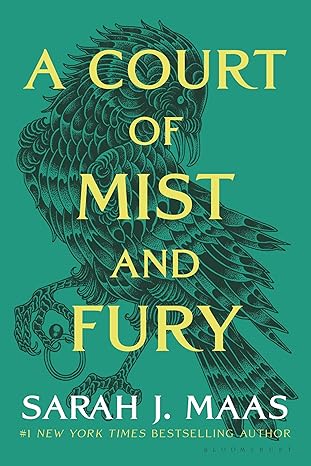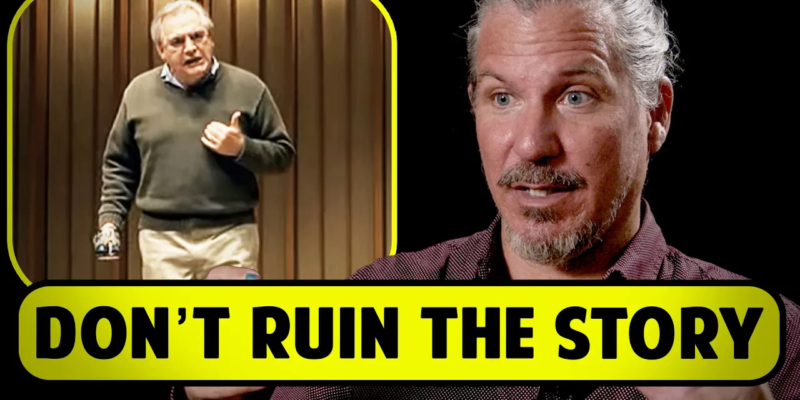
The Art of Story Structure: Understanding Plot and Audience Engagement
Understanding Story Structure
Story structure is often considered a crucial element in writing, as emphasized by notable figures like Sid Field and Robert McKee. The phrase “structure, structure, structure” highlights its importance, suggesting that a well-structured story is foundational to effective storytelling.
Each story possesses its own unique internal logic and structure, which, while delicate, is also robust. This means that writers must carefully craft moments and scenes that align perfectly within the specific order required by the story. Unlike a universal template, the structure is tailored to fit the narrative’s unique demands.
“Each story has its own internal logic and its own internal structure that’s very delicate, but very strong.”

The Unique Structure of ‘Tar’
The film ‘Tar’ presents a fascinating case study in unconventional storytelling. Unlike traditional films that adhere to a universal structure, ‘Tar’ is noted for its unique internal logic and structure. This distinct approach is crucial to the film’s integrity, as altering any part of it could cause the narrative to unravel.
“If you look at a movie like Tar, which is very different structurally… it still has its own internal logic and its own internal structure.”
The film is centered around a conductor accused of inappropriate conduct, weaving a complex narrative that is both artistic and thought-provoking. One of the most striking elements of ‘Tar’ is its opening sequence, where the credits roll at the beginning of the film. This sequence lasts for about eight to ten minutes, accompanied by background singing, which is later revealed to be recorded by the character in a jungle setting.
“The opening sequence is like the credits start and they roll… the audience sits there for that eight minutes or ten however long it is and just watches credits.”
This arrangement of credits is visually intriguing, resembling orchestra members, which adds a layer of artistic depth to the film. By challenging traditional storytelling norms, ‘Tar’ exemplifies how a film can maintain audience engagement through a structure that is 80% specific to its story.
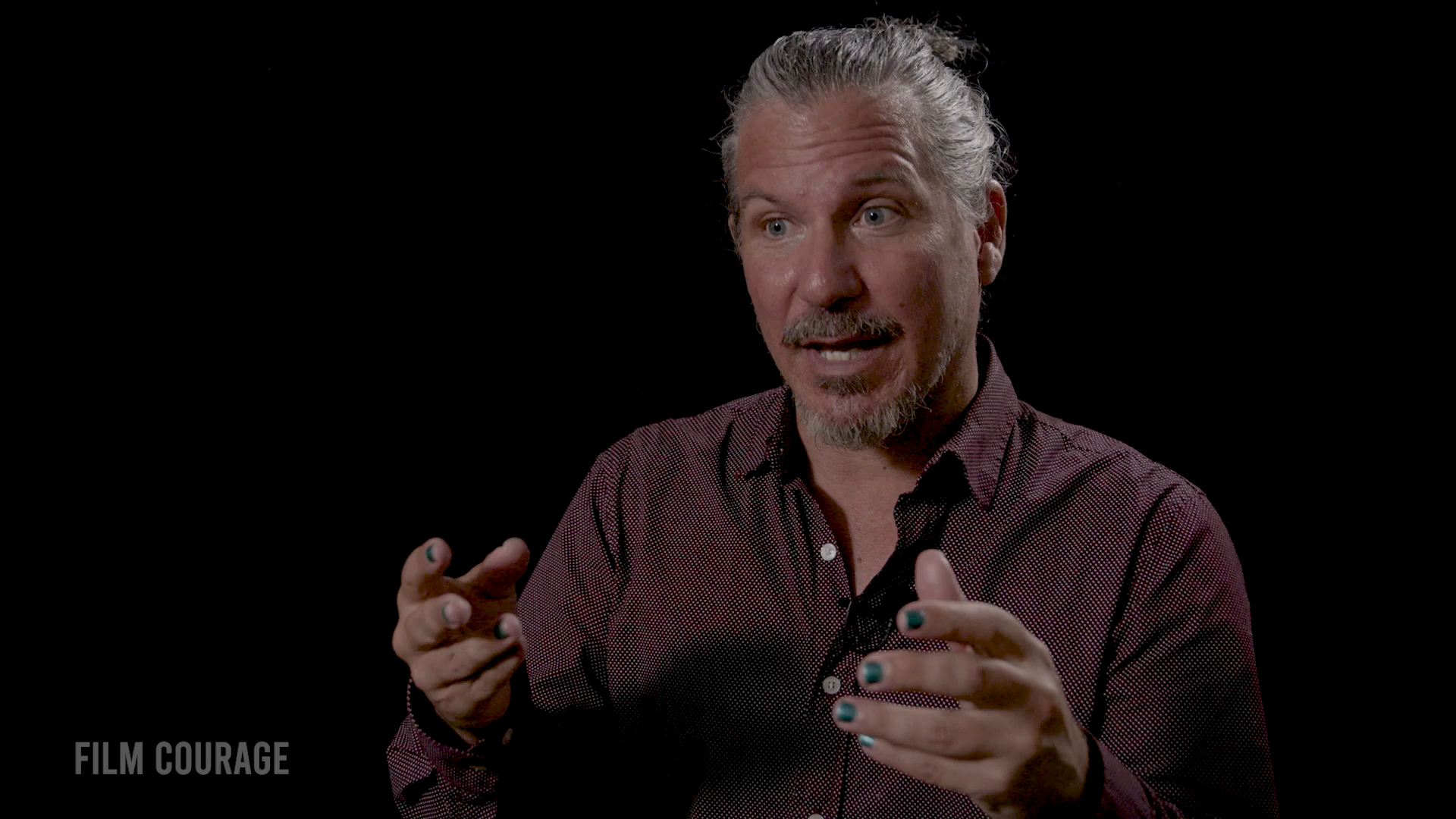
Creativity vs. Structure
In the realm of storytelling, balancing creativity and structure is crucial. While structure provides a framework, it can sometimes limit the creative process. The video discusses how focusing too much on structure during creation might hinder the development of unique and resonant material.
“If you’re thinking too much about the structure of your movie in the moment of creation, I think you’re probably not going to create unique, fresh, maybe resonant material.”
The discussion highlights that adhering strictly to conventional structures, like ensuring an inciting incident by a specific page, can lead to creative paralysis. However, understanding and recognizing the inherent structure of one’s story can be exciting and logical, providing a roadmap for what comes next.
Moreover, while structure is necessary to avoid a chaotic narrative, imposing a formulaic structure can stifle creativity. The key is to find a balance where the story’s internal logic guides the narrative without constraining the creative flow.
“You have to think about the audience… if you’re just telling me about your world and I can’t follow what’s going on, you’re not talking to me.”
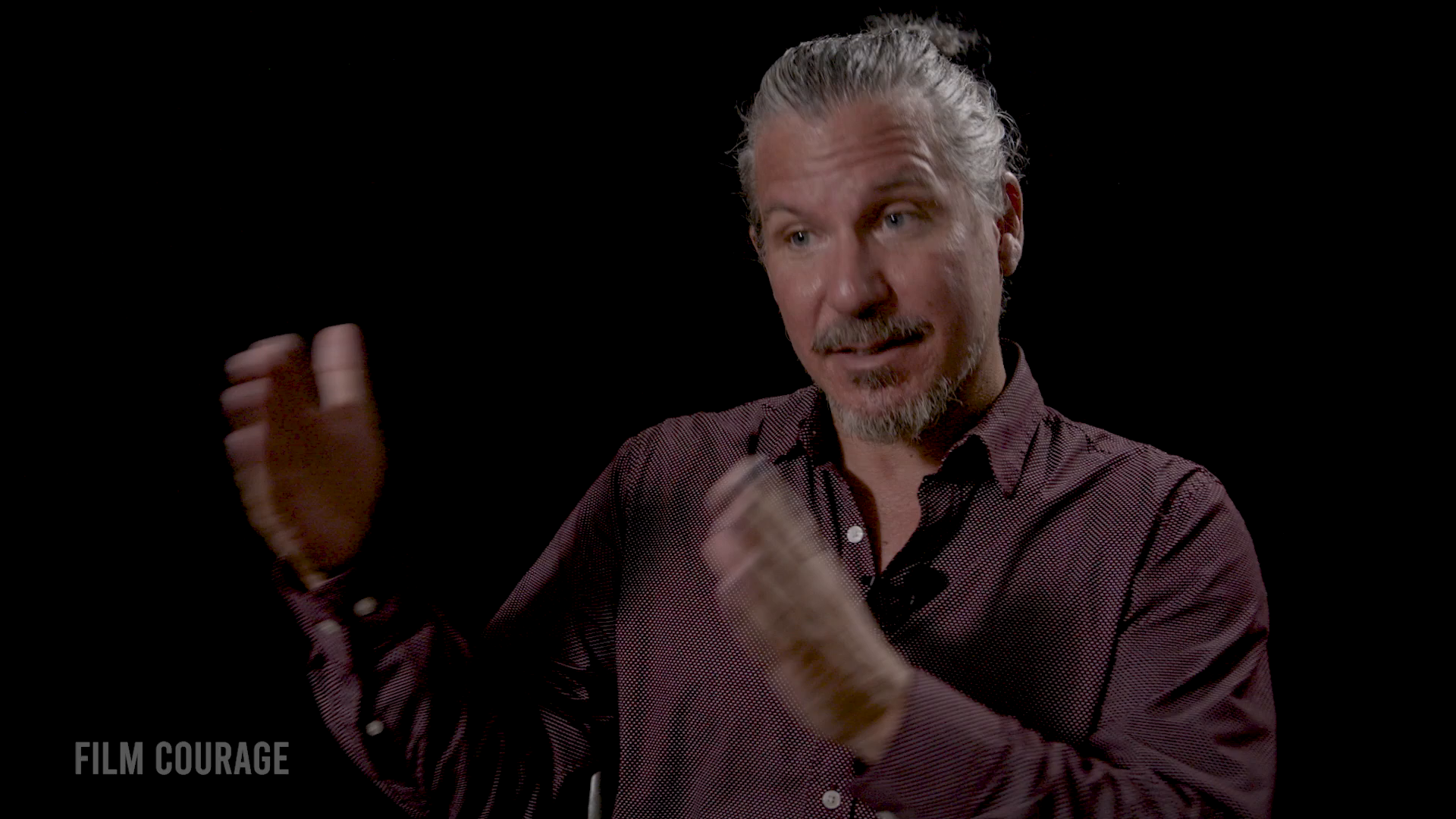
Defining Plot
“What is plot? Such a great question.”
The concept of plot is a fundamental yet complex element in storytelling. It often raises questions such as “What is plot?” and “How does it relate to character?” These inquiries highlight the intricate relationship between plot and character, suggesting that they may be intertwined and challenging to separate.
Plot is often seen as a term that emerged from the analysis of stories, created by those who study and dissect narratives. This analytical approach attempts to define and improve storytelling by identifying elements like plot, structure, and character. However, storytelling itself is described as a magical and organic process, where these elements naturally evolve.
The challenge in defining plot lies in its organic nature. It is not merely a technical component but a dynamic part of storytelling that interacts with characters and the overall narrative. Understanding plot requires recognizing its role in the broader context of story creation and audience engagement.
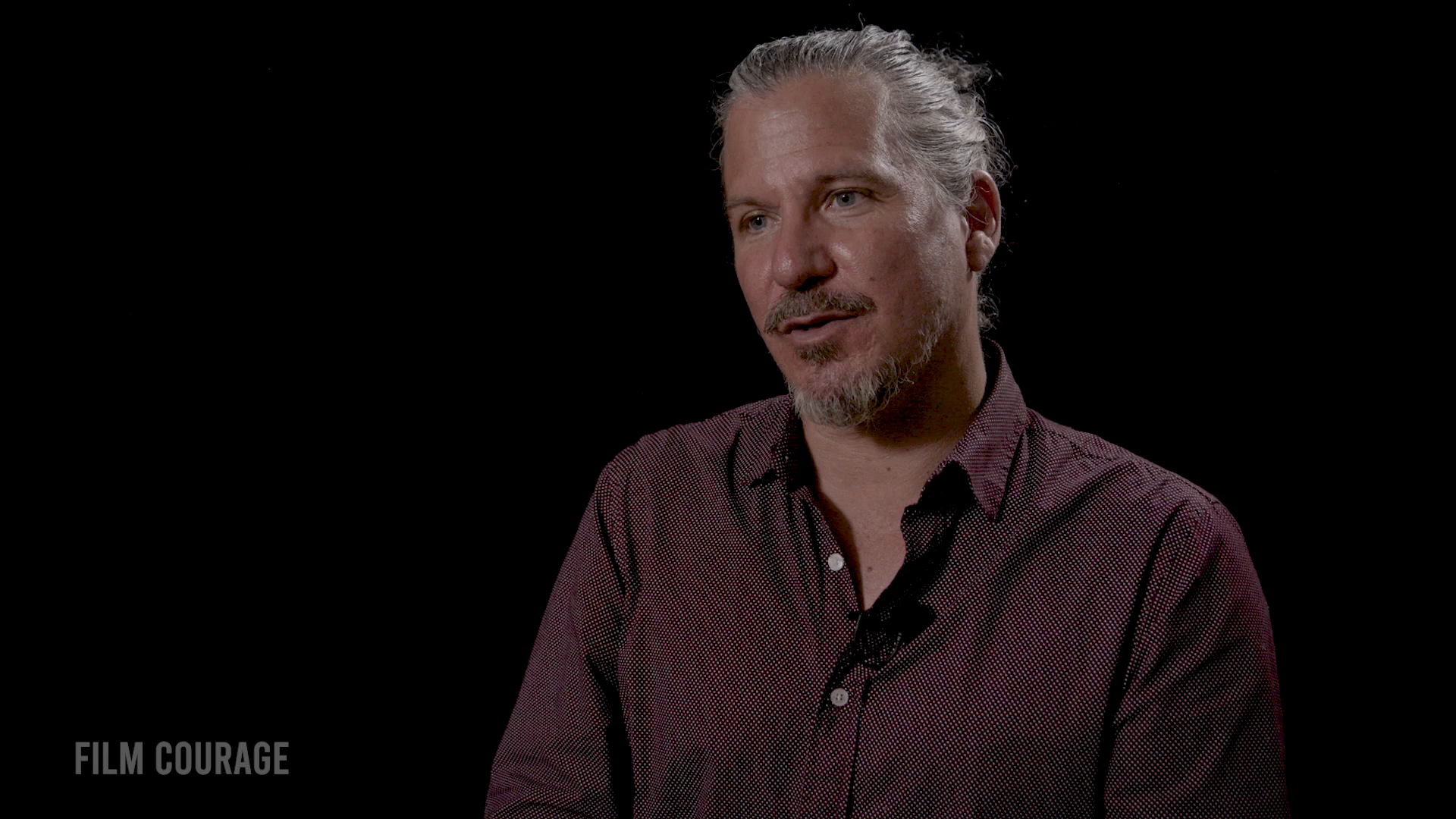
Audience Engagement in Storytelling
Audience engagement is a crucial element in storytelling, as it determines how invested the audience becomes in the narrative. Human beings have always been drawn to stories, from ancient tales of the hunt to modern detective stories. This engagement often hinges on the balance between predictability and surprise.
“I think that human beings have always loved stories.”
Key Points:
-
Importance of Engagement: Stories captivate audiences by leading them through a series of events, often with clues that keep them intrigued and invested.
-
Leading or Misleading: A well-crafted story can lead or mislead its audience, creating a sense of mystery and anticipation. This is akin to following clues in a detective story, which is deeply embedded in human nature.
-
Balance of Predictability and Surprise: Effective storytelling involves a delicate balance. Audiences enjoy figuring out the plot just before it is revealed, which gives them a sense of satisfaction and cleverness.
“It’s great if you can have them figure it out just the moment before you reveal it.”
-
Role of Foreshadowing: Providing subtle hints or foreshadowing is essential. Without it, audiences may feel cheated if a plot twist occurs without any prior indication.
-
Audience Satisfaction: Ensuring that the audience feels they are part of the journey is vital. They should feel clever and engaged, rather than frustrated by unexpected turns without context.
